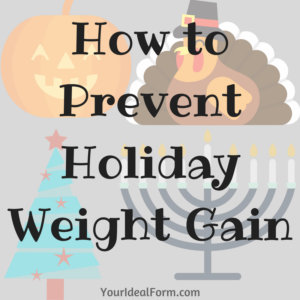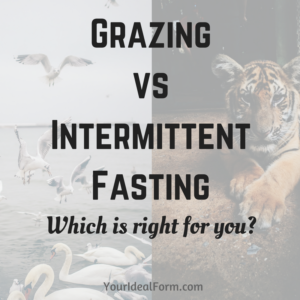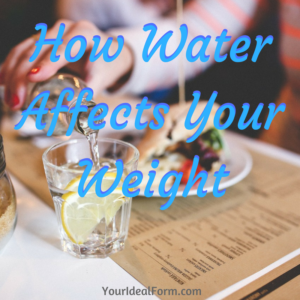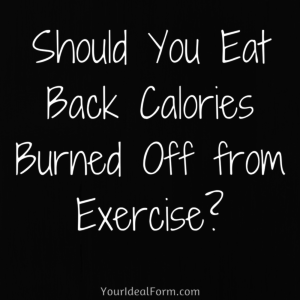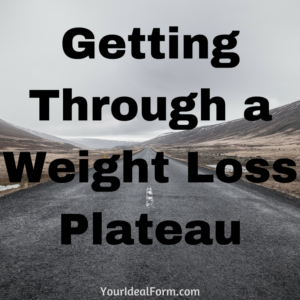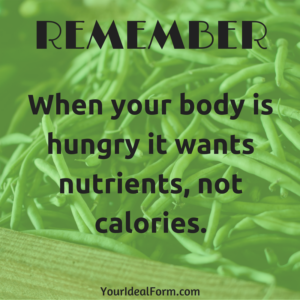
Remember, when your body is hungry it wants nutrients, not calories. This is about being truly hungry, not about just craving something. Always try to satiate true hunger with real food, rather than snacks or “junk” food. You’ll feel fuller on fewer calories, and you are less likely to feel hungry again in a short amount of time. Protein is great at making you feel fuller for longer, relative to the same amount of starchy carbs. On the flip side, veggies are great at letting you eat a large volume of food to fill your stomach without having to take in as many calories. Fill your body with what it truly needs!
